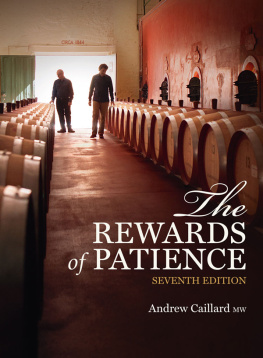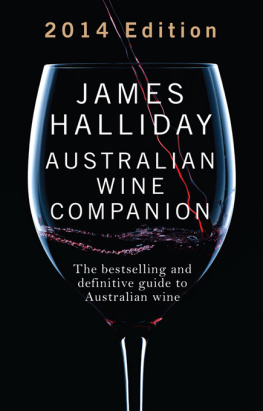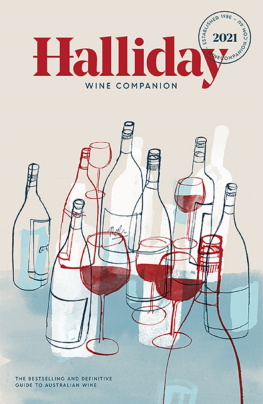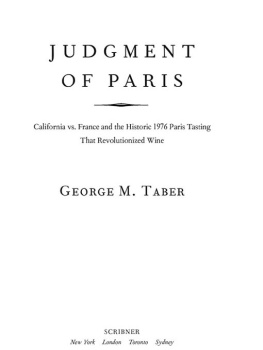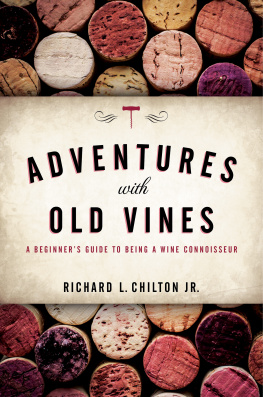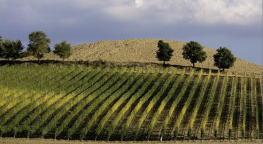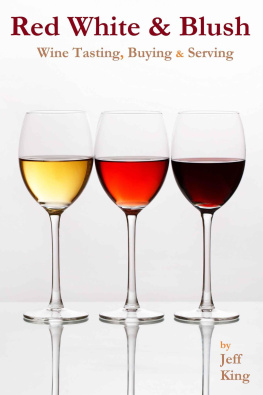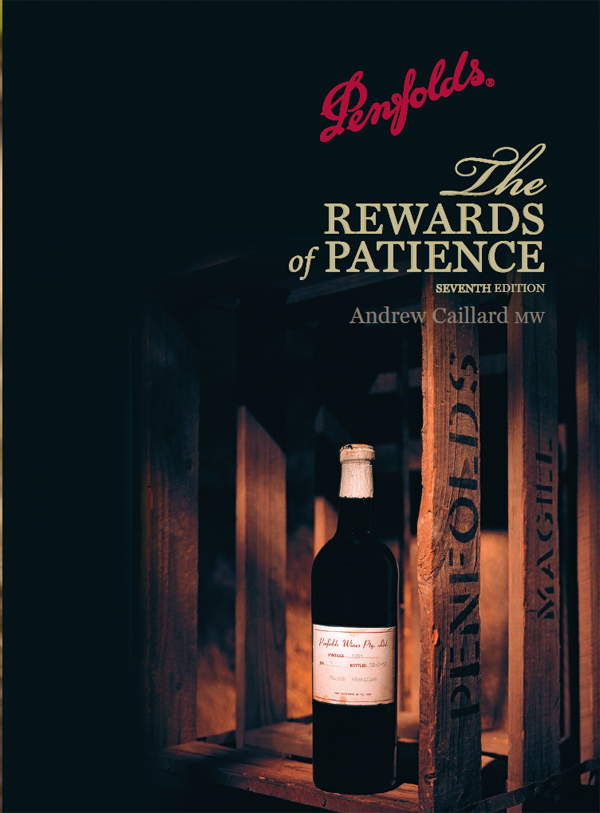Contents
Nothing stands still. Just as the winemaking and culture of Penfolds continues to evolve, so does the story and this endeavour, Penfolds The Rewards ofPatience. Now into its seventh edition, this book tells the story of 170 years of continuous red, white and fortified winemaking at Penfolds.
Over the years via an intimate involvement with four editions of this project, I have come to recognise that our wines should always remain front and centre of the Penfolds story. Yet much that accompanies the descriptions of that special liquid in a glass, in a bottle or in a cellar needs acknowledgement. The people, the places, the stories and history bring further appreciation of the wines. In this new edition research, interviews and detailed analysis of times past have corrected myths, connected the years and covered previous gaps.
Again, the Museum Cellar has been unlocked. We have shipped hundreds of rare bottles and complete verticals to support extraordinarily probing international media tastings in the US, Europe, China and Australia. As always, independent and forthright critique from the experienced tasters underscores the credibility and authority of PenfoldsThe Rewards of Patience tastings. The tasting notes and opinions in this edition are laced with different accents and descriptors together with a few laughs and many surprises along the way.
But what a project this has been! We have tasted through an armoury of beguiling wines, many inherited from predecessors rich in character and spirit, and of course those created by the current winemaking team a team that I wouldnt swap for my bodyweight in 53 Grange!
Revisiting lore, correcting truths, attempting to unveil hidden secrets of style, vintage and vineyard is a daunting task, let alone connecting the words and making sense of it all. Where to start, then? Enter Andrew Caillard.
Thank you we are indebted.
Peter Gago
Penfolds Chief Winemaker
September 2013
Penfolds The Rewards of Patience, Seventh Edition, is a unique reference guide to the storied history of Penfolds, its wines and vintages. Over a period of sixteen months tastings took place in Beijing (2011), New York and Berlin and at Magill Estate, Adelaide (2012), with an impressive international expert panel of wine writers and journalists. Their tasting notes in this book, compiled by timeline, are a distillation of views about almost every fine table wine made at Penfolds since 1951.
New research material has added an extra richness to the story of Penfolds, the development of Grange and the history of St Henri. Nineteenth-century newspaper reports, aural histories and personal reflections of winemakers past and present have brought insights and previously unknown perspectives.
Indeed, the history of Penfolds is endlessly fascinating. It is a study of Australian ingenuity, colonial vision, modern aspirations and great winemaking. Max Schuberts imagination, Ray Beckwiths science and a loyal support team led to one of the most important collaborations in the history of winemaking. The development of Grange marks the beginning of modern wine.
Loyalty, a feeling of belonging, Penfolds own brand of craftsmanship and its wine styles are values that have been built up over generations. Such attributes, along with its fine wines, have made Penfolds an Australian institution.
For almost thirty years, I have enjoyed a special relationship with the winemakers and people at Penfolds. It has been a great privilege to author this completely revised and updated edition. I hope you enjoy it.
Andrew Caillard, MW
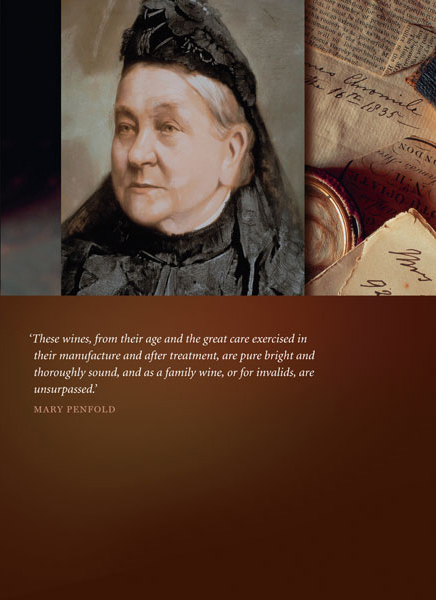
Penfolds is Australias oldest iconic wine brand, with a history and heritage that profoundly reflects the countrys journey from colonial settlement to the modern era. Established in 1844, just eight years after the foundation of South Australia, Penfolds has played a pivotal role in the evolution of winemaking in Australia and across the world.
After early beginnings as a provider of iron-rich tonic wines for Adelaides fledgling society, Penfolds had become Australias largest producer of fortified wines by the time of Federation in 1901. The acquisition in 1945 of the nineteenth centuryplanted Kalimna Vineyard, on the western edge of the Barossa Valley, was a precursor to a period of extraordinary ambition and innovation.
In 1844 Marcus Collinson described South Australia as emphatically a poor mans country a land of cheap bread, cheap meat and good wages! The young British colony, only established in 1836, was enjoying rapid prosperity, with the growing production of wool and wheat and an economy based on a self-supporting principle. In 1845 Adelaide, with a population of just 14 061 people, became a free port without charge for pilotage, harbour, wharfage, or other dues. Its public institutions comprised two banks, a savings institution, a library, two Agricultural Societies, many Masonic and Odd Fellows lodges, a total abstinence society, a mining association and even a vine association. The city also boasted several schools, places of worship and three newspapers.
Within a few miles of Adelaide were numerous thriving villages, some of which have several hundreds of inhabitants, who chiefly follow agriculture and horticulture. Flour mills, breweries, malt-houses, tanneries and brickworks typically dotted the locality, a reflection of the colonys expanding community and economy. South Australias abundance of mineral wealth was already appreciated, with a handful of lead and copper mines nearby. Iron ore was abundant being found on the surface in various parts of the colony. Already South Australia was exporting its produce and mineral wealth to the United Kingdom and elsewhere.
The settled country around Adelaide comprised undulating plains, succeeded by ranges of moderate elevation. The plains were moderately timbered with stately eucalyptus and fragrant acacia. During the summer months a rich profusion of the most beautiful flowers carpeted the landscape. The hills covered with grass and numerous shrubs, and supplied with excellent water were particularly suited to sheep farming and agriculture.
The climate was described by Collinson, a fellow South Australian colonist, as salubrious and healthful with summer heats moderated by the balmy coolness of the nights and after the lapse of a few days, usually succeeded by refreshing showers. The hill country was perfectly adapted for those of temperate climes and ideal for the production of stone fruits, citrus, walnuts, almonds and wine grapes.
Mackgill Estate, a vast property on the foothills of the Mount Lofty Ranges, was first acquired by explorer Robert Cock (180171) and William Ferguson, both Scotsmen, who travelled together on HMS Buffalo en route to the newly founded colony of South Australia in 1836. It was named after David Maitland Makgill Crichton of Rankeillour (180151), who was a prominent figure in the establishment of the Free Church of Scotland and Robert Cocks trustee. Soon after farming commenced the enterprise ran out of cash, resulting in a subdivision in 1838 and the establishment of Makgill village. The remaining 524 acre property, producing wheat and barley for local malting houses, was soon advertised for sale.

